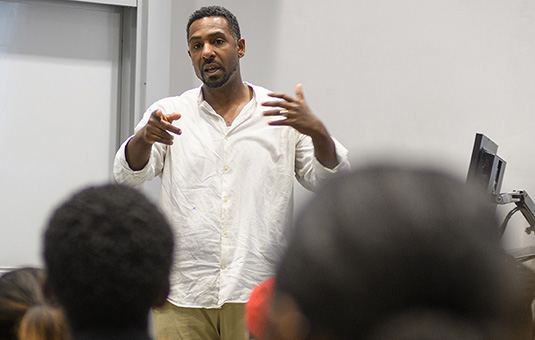
History
Phantom Limbs, Embodied Horror, and the Afterlives of the Armenian Genocide
Abstract
The affective horrors of the Armenian genocide leave traces upon the living. Most pilgrims who visit sites of mass killing in contemporary Syria and Turkey note that they feel a profound sense of sadness and are overcome with tears of mourning while visiting the sites. This essay explores these experiences along with two anomalous cases of visitors who had an altogether different experience of the uncanny including physical ailment. Semerdjian suggests that some who visit spaces where Armenian genocide atrocities were committed a century ago are unsettled temporally, geographically, and bodily because they are visitors to haunted spaces or what Roma Sendayka has called “non-sites of memory.” How do communal memories of horrific bodily violence sometimes result in embodied hauntings? How have visitors historically enacted rituals—including collecting bones of martyrs—in an attempt to vacate the affective necrogeography of ghosts by naming the unnamed dead?


